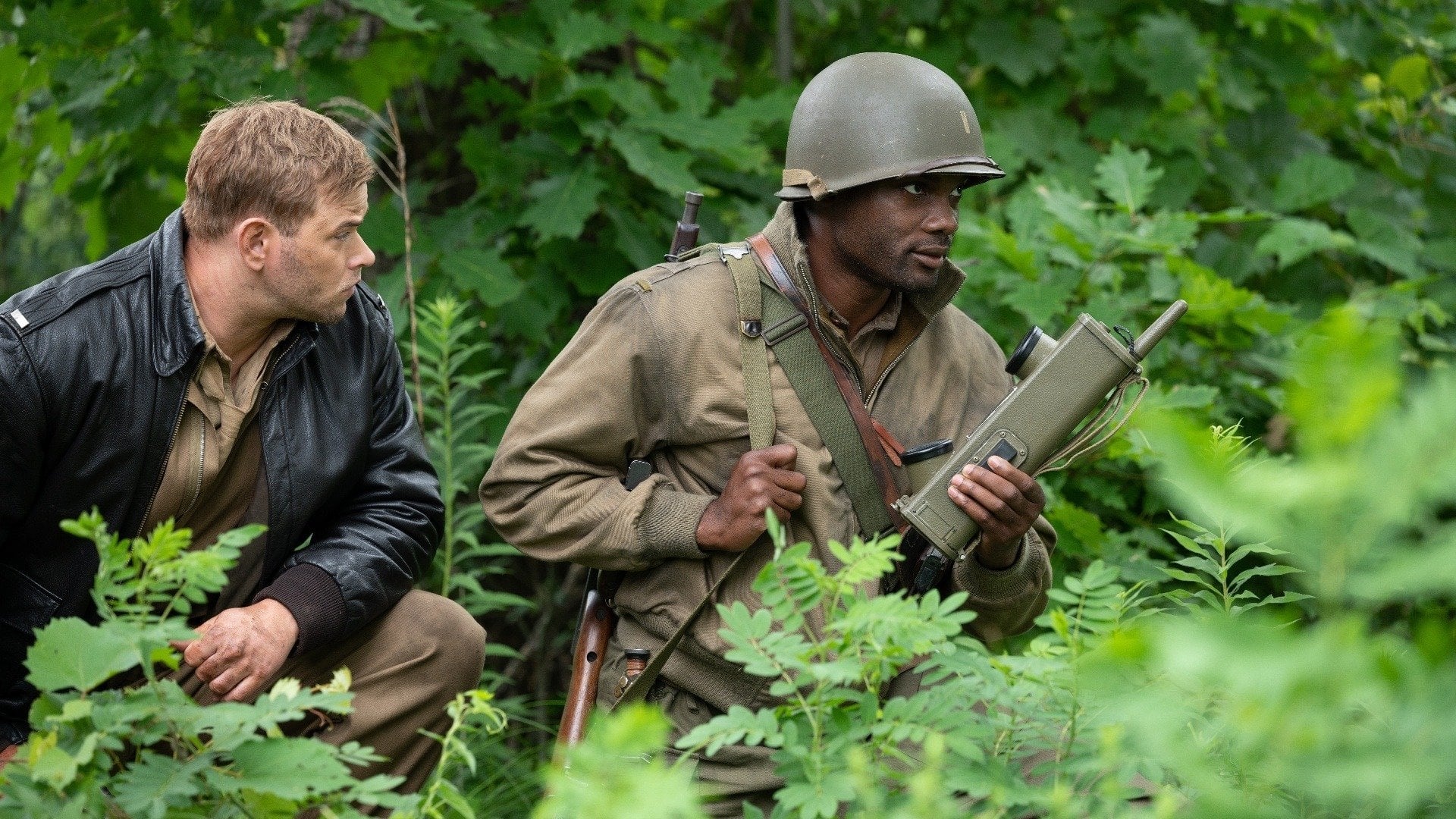Fighting: The Art Of Conflict And How It Shapes Us
There’s something primal about fighting, isn’t there? From the days of cavemen smashing rocks to modern-day MMA fighters showcasing their skills in the octagon, fighting has always been a part of human history. But let’s not just think of it as violence or aggression—fighting can also be an art form, a way to channel emotions, and even a tool for personal growth. If you’re here because you want to learn more about fighting—not just the physical act but also its psychological, cultural, and historical significance—you’re in the right place.
Fighting isn’t always about punching or kicking. Sometimes, it’s about understanding the mindset behind it. Why do people fight? What drives them to step into the ring, the cage, or even the battlefield? And most importantly, how can we harness the energy of fighting in a positive way? These are questions we’ll dive into as we explore this multifaceted topic.
Before we get into the nitty-gritty, let’s set the stage. This article is packed with insights, stats, and real-life examples that’ll make you rethink what fighting means. We’re not just talking about martial arts or boxing here; we’re exploring the broader concept of conflict resolution, self-defense, and the psychology of combat. So buckle up, grab a snack, and let’s dive in.
Read also:Sasha Alexander A Comprehensive Look At The Talented Actress And Her Remarkable Career
What Exactly Is Fighting?
Fighting, in its simplest form, is the act of engaging in physical combat. But it’s so much more than just throwing punches. It’s about strategy, discipline, and mental toughness. Whether it’s a friendly sparring session in the dojo or a high-stakes match in front of thousands, fighting demands focus and dedication.
Let’s break it down:
- Fighting involves physical confrontation, often with rules or guidelines.
- It’s not just about brute strength—it’s about skill, technique, and timing.
- Fighting can be a sport, a form of self-defense, or even a way to express emotions.
Throughout history, fighting has evolved from bare-knuckle brawls to highly regulated sports. Today, it’s a global phenomenon with millions of enthusiasts around the world. But why do people choose to fight? That’s where things get interesting.
Why Do People Choose to Fight?
People fight for all kinds of reasons. Some do it for competition, others for self-defense, and some simply enjoy the thrill of the challenge. But there’s more to it than meets the eye. Fighting can be a way to push your limits, test your abilities, and even find inner peace.
Competition: The Thrill of the Fight
For many, fighting is all about competition. Whether it’s in the ring, the cage, or the mat, stepping into a match is a test of skill and determination. Fighters train for months, sometimes years, to prepare for that moment when they face their opponent.
But it’s not just about winning. It’s about proving to yourself that you can handle the pressure, the pain, and the uncertainty. As one fighter once said, “The fight is won or lost far away from witnesses—behind the lines, in the gym, and out there on the road, long before I dance under those lights.”
Read also:Who Is James Heltibridle A Comprehensive Guide
Self-Defense: Protecting Yourself and Others
Not everyone fights for sport. For some, fighting is a matter of survival. Learning self-defense techniques can be a lifesaver in dangerous situations. Whether it’s martial arts like Krav Maga or traditional boxing, knowing how to protect yourself is a valuable skill.
Self-defense isn’t just about physical strength—it’s about awareness, confidence, and the ability to think quickly under pressure. As one expert puts it, “The best fighters are those who know when not to fight.”
Types of Fighting: From Boxing to MMA
When most people think of fighting, they picture boxing or MMA. But there’s a whole world of fighting styles out there, each with its own rules, techniques, and traditions. Let’s take a look at some of the most popular types of fighting:
- Boxing: The sweet science of punches and footwork.
- Mixed Martial Arts (MMA): A combination of striking and grappling techniques.
- Karate: A traditional Japanese martial art focused on striking.
- Jiu-Jitsu: A Brazilian martial art that emphasizes ground fighting and submissions.
- Kickboxing: A high-energy sport that combines boxing and kicking techniques.
Each style has its own unique appeal, and many fighters train in multiple disciplines to become well-rounded competitors. But no matter what style you choose, the fundamentals of fighting remain the same: technique, strategy, and mental toughness.
The Psychology of Fighting
Fighting isn’t just a physical activity—it’s a mental game. The best fighters are those who can control their emotions, stay focused under pressure, and think several steps ahead. But what exactly goes on in a fighter’s mind before, during, and after a match?
Pre-Fight Anxiety: The Mental Battle Begins
Before the fight even starts, many fighters experience anxiety and nerves. It’s normal to feel this way—after all, you’re about to step into a situation where anything can happen. But the key is learning how to manage those feelings.
Many fighters use visualization techniques to prepare for a match. They imagine every possible scenario, from a quick knockout to a grueling five-round battle. By mentally rehearsing these situations, they can stay calm and focused when the time comes.
In-Ring Focus: Staying Present
Once the fight begins, it’s all about staying present. A fighter who gets distracted by thoughts of the past or future is more likely to make mistakes. That’s why mindfulness and mental clarity are so important in fighting.
As one champion fighter once said, “The mind is everything. What you think, you become.” This philosophy is at the heart of many successful fighting careers.
Health Benefits of Fighting
Believe it or not, fighting can be good for your health. Regular training improves cardiovascular fitness, builds muscle, and boosts mental well-being. Plus, it’s a great way to relieve stress and improve overall fitness.
Here are some of the top health benefits of fighting:
- Improved cardiovascular health
- Increased muscle strength and endurance
- Better flexibility and coordination
- Reduced stress and anxiety
- Enhanced mental focus and discipline
Of course, it’s important to train safely and avoid injuries. Always work with a qualified coach and listen to your body. Fighting can be a powerful tool for physical and mental health, but only if done correctly.
Fighting in Popular Culture
Fighting has been a staple of popular culture for decades. From classic boxing movies like Rocky to modern MMA films like Warrior, the world of fighting has captured the imagination of audiences around the globe. But why are we so fascinated by fighting?
It’s not just the action—it’s the stories behind the fights. Every fighter has a journey, a struggle, and a dream. Watching someone overcome adversity to achieve their goals is inspiring, whether it’s on the big screen or in real life.
Rocky: The Ultimate Underdog Story
When most people think of fighting movies, Rocky comes to mind. This classic film tells the story of an underdog boxer who gets a shot at the heavyweight championship. It’s a tale of perseverance, determination, and the human spirit.
But Rocky isn’t just about fighting—it’s about life. The lessons we learn from the film apply to all areas of life: never give up, keep pushing forward, and believe in yourself.
Training Like a Fighter
Want to train like a fighter? You don’t have to step into the ring to benefit from fighting workouts. Many gyms offer classes that focus on boxing, kickboxing, and MMA techniques. These classes are a great way to get in shape, learn self-defense, and have fun.
Here’s a sample workout inspired by fighter training:
- Warm-up: 5 minutes of jumping jacks and dynamic stretches
- Shadow boxing: 3 rounds of 3 minutes each
- Bag work: 4 rounds of 3 minutes each
- Core exercises: planks, sit-ups, and leg raises
- Cool down: stretching and foam rolling
Remember, consistency is key. Even if you’re not training for a fight, regular exercise can improve your overall fitness and well-being.
The Future of Fighting
As technology advances, the world of fighting continues to evolve. From wearable tech that tracks performance to virtual reality training programs, fighters have more tools than ever to improve their skills. But one thing remains constant: the human spirit.
No matter how advanced the technology becomes, fighting will always be about heart, determination, and the will to win. As one legendary fighter once said, “It’s not about how hard you hit; it’s about how hard you can get hit and keep moving forward.”
Table of Contents
Fighting: The Art of Conflict and How It Shapes Us
Why Do People Choose to Fight?
Types of Fighting: From Boxing to MMA
Conclusion: Embrace the Fight Within You
Conclusion: Embrace the Fight Within You
So there you have it—a deep dive into the world of fighting. Whether you’re a seasoned fighter or just curious about the sport, there’s something for everyone in this article. Fighting isn’t just about physical combat—it’s about personal growth, mental toughness, and the pursuit of excellence.
As you’ve learned, fighting can be a powerful tool for self-improvement, health, and even entertainment. But most importantly, it’s about embracing the fight within you. Life is full of challenges, and the ability to face them head-on is a skill that will serve you well in all areas of life.
So what’s next? If you’ve enjoyed this article, why not share it with a friend? Or better yet, head to your local gym and try out a boxing or MMA class. Who knows? You might just discover a new passion. And if you’re hungry for more, check out our other articles on fitness, wellness, and personal development. The fight is just beginning!


